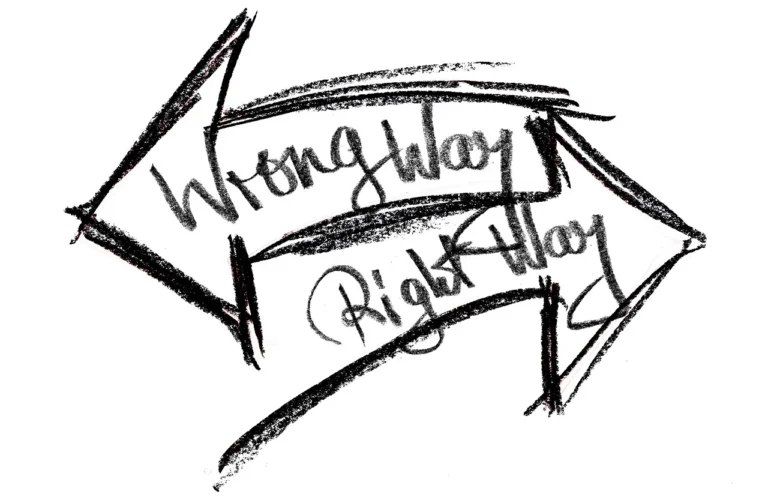Book Appointment Now

Improving Patient Outcomes Through Collaborative SOAP Documentation
In multidisciplinary healthcare, clear and collaborative documentation is crucial to effective patient care. Improving patient outcomes through collaborative SOAP documentation allows healthcare teams to coordinate care efficiently, align on patient goals, and monitor progress seamlessly. This article highlights how SOAP (Subjective, Objective, Assessment, Plan) notes support teamwork and lead to enhanced patient outcomes by ensuring accurate, consistent communication.
Get a custom nursing essay about Improving patient outcomes through collaborative SOAP documentation assignment
Custom Nursing Paper Help
How Collaborative SOAP Documentation Enhances Patient Outcomes
The structured format of SOAP notes allows different healthcare providers—such as physicians, nurses, physical therapists, social workers, and dietitians—to contribute their expertise and insights within a shared framework. This coordinated approach offers several key benefits:
- Enhanced Communication: SOAP notes standardize patient information, making it clear and accessible to all team members.
- Consistency of Care: Regular updates in the SOAP format ensure continuity in patient care, reducing gaps and minimizing errors.
- Informed Decision-Making: Access to up-to-date patient information allows healthcare providers to make accurate, data-informed care decisions.
By improving team-based collaboration and communication, SOAP notes directly contribute to better patient outcomes.
Real-World Examples of Improved Outcomes Through Team-Based SOAP Notes
To illustrate the impact of improving patient outcomes through collaborative SOAP documentation, here are examples of how healthcare teams use SOAP notes to drive effective, coordinated care.
Example 1: Managing Chronic Disease with Multidisciplinary Input
A patient with diabetes and hypertension benefits from a collaborative approach that includes primary care providers, dietitians, and physical therapists.
- Subjective: The patient reports difficulty in following their diet and exercise plan, leading to fatigue and frequent headaches.
- Objective: Recent blood pressure and glucose levels are higher than normal, with recorded weight gain over the past month.
- Assessment: The healthcare team notes the risk of complications due to poor disease management.
- Plan: The dietitian develops a simplified meal plan, the physical therapist creates a tailored exercise regimen, and the nurse provides weekly check-ins for motivation and adherence.
By documenting all recommendations and updates within a shared SOAP format, each team member can track the patient’s progress and adjust care plans as needed, leading to more effective management of the chronic conditions and reduced risk of complications.
Example 2: Supporting Postoperative Recovery with Coordinated Care
In postoperative care, collaboration is essential to monitor for complications and provide comprehensive recovery support.
- Subjective: The patient reports mild pain and expresses concerns about limited mobility post-surgery.
- Objective: Physical assessments indicate slight swelling around the incision, with limited range of motion in the affected area.
- Assessment: The team identifies potential issues with recovery due to restricted mobility and pain.
- Plan: The physical therapist designs exercises to restore movement gradually, while the nurse documents pain management strategies and educates the patient on incision care.
The collaborative SOAP notes ensure that each healthcare provider understands the pain management and mobility goals, promoting quicker recovery by addressing both physical and psychological factors of postoperative care.
Example 3: Improving Mental Health Outcomes in a Patient with Co-Occurring Disorders
Patients with co-occurring mental health and substance use disorders require coordinated support from psychiatrists, therapists, and social workers.
- Subjective: The patient reports heightened anxiety and a desire to avoid social situations, which leads to isolation.
- Objective: Behavioral observations confirm increased anxiety, and bloodwork indicates signs of substance use relapse.
- Assessment: The healthcare team identifies a need for adjustments in treatment, with a focus on coping skills and relapse prevention.
- Plan: The psychiatrist adjusts medication, the therapist introduces new coping strategies, and the social worker coordinates community support for social integration.
By documenting these interventions collaboratively in SOAP notes, each provider can contribute to a comprehensive care approach, ultimately helping the patient manage symptoms more effectively and reduce the risk of relapse.
Best Practices for Improving Patient Outcomes Through Collaborative SOAP Documentation
For healthcare teams aiming to maximize improving patient outcomes through collaborative SOAP documentation, the following best practices can enhance effectiveness:
- Maintain Consistent, Detailed Documentation: Ensure that each team member consistently contributes clear, detailed information to avoid misunderstandings and keep everyone informed.
- Encourage Regular Updates and Reviews: Frequent updates to SOAP notes help team members track changes in patient status, enabling timely adjustments in care plans.
- Use a Unified, Accessible System: Digital health records make it easier for all team members to access and contribute to SOAP notes, reducing barriers to collaboration.
- Foster Open Communication Across Disciplines: Encourage team members to ask questions and discuss SOAP note entries, ensuring alignment on care goals and understanding of each intervention.
Conclusion: Transforming Patient Care Through Collaborative SOAP Notes
In today’s complex healthcare landscape, improving patient outcomes through collaborative SOAP documentation is essential for effective, team-based care. By using SOAP notes as a foundation for communication and planning, healthcare providers can align their efforts, track patient progress consistently, and make informed adjustments to care plans. When healthcare teams embrace collaborative documentation, they not only enhance patient outcomes but also create a unified, supportive environment where each patient receives the comprehensive, coordinated care they deserve.
Collaborative SOAP notes are a key tool for achieving consistent, high-quality patient care, turning routine documentation into a powerful asset for patient-centered teamwork and positive healthcare outcomes.




